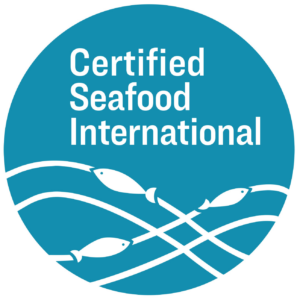Alaska Cod
The U.S. Alaska cod (Gadus macrocephalus) commercial fisheries were awarded continued certification in February 2023. Vessels operating in certified Alaska cod fisheries employ longline, pot, jig, and trawl gear. Fishing occurs in the federal waters of the United States Exclusive Economic Zone (EEZ) and in state waters off the coast of Alaska. Federal Alaska cod fisheries are jointly managed by the National Marine Fisheries Service (NMFS) and the North Pacific Fishery Management Council (NPFMC), while management of state-water fisheries is conducted by the Alaska Department of Fish and Game (ADFG).
Certification Reports
- AK Cod Annual Surveillance Report – June 2022
- AK Cod Annual Surveillance and Team Announcement – December 2021
- AK Cod Annual Surveillance Report – May 2021
- AK Cod Annual Surveillance and Team Announcement – January 2021
- AK Cod Annual Surveillance Report – May 2020
- AK Cod Annual Surveillance and Team Announcement – March 2020
- AK Cod Surveillance Report – Mar 2019
- Alaska Cod Annual Surveillance and Team Announcement – January 2019
Alaska Cod Recertified
The reassessment was conducted using Alaska RFM Standard Version 1.3.
- AK Cod Full Assessment Final Report, Dec 2017 PDF
- Alaska Cod Notice of Peer Reviewers September 2017
- Alaska Cod Re-Assessment Team Announcement May 2017 PDF
Audit 1:
- Annual Audit Report #1, June 2014
- Comments: Click here to submit a comment regarding the Final Audit #1 Report
- Form 9 Notice of Assessment Team 1st Audit
- Form 7 Site Visit Confirmation & Site Visit Plan, March 2014
Audit 2:
- Annual Audit #2 Final Report, July 2015
- Comments: Click here to submit a comment regarding the Final Audit #2 Report
- Form 9 Notice of Assessment Team, Audit #2
- Form 9b Notice of Site Visit, Audit #2
Audit 3:
- Annual Audit #3 Final Report, Oct 2016
- Comments: Click here to submit a comment regarding the Final Audit #3 Report
- Form 9b Notice of Assessment Team Audit 3 – August 2016
- Form 9b Notice of Annual Audit 3 – August 2016
Audit 4:
- Annual Audit #4 Final Report June 2017
- Comments: Click here to submit a comment regarding the Final Audit #4 Report
- Alaska Cod Annual Surveillance and Team Announcement May 2017
Initial Certification:
- Final Full Report: Download the Final Full Certification Report
- Summary Report: Download the Summary Certification Report
- Comments: Click here to submit a comment regarding the Final Certification Report.
- Notice of Assessment Team Members, Peer Review and Surveillance Nomination – December 2012
- Confirmation of Assessment Team Members, August 2012
- Announcement of Site Visit, August 2012
- Notice of Site Visit Confirmation & Site Visit Plan (Full Assessment)
Fishery Info
Alaska cod is harvested year-round with limitations in place to minimize encounters with incidental species.

Alaska cod are harvested using four different fishing methods — longlining, pots, jig and trawl.
Longlining
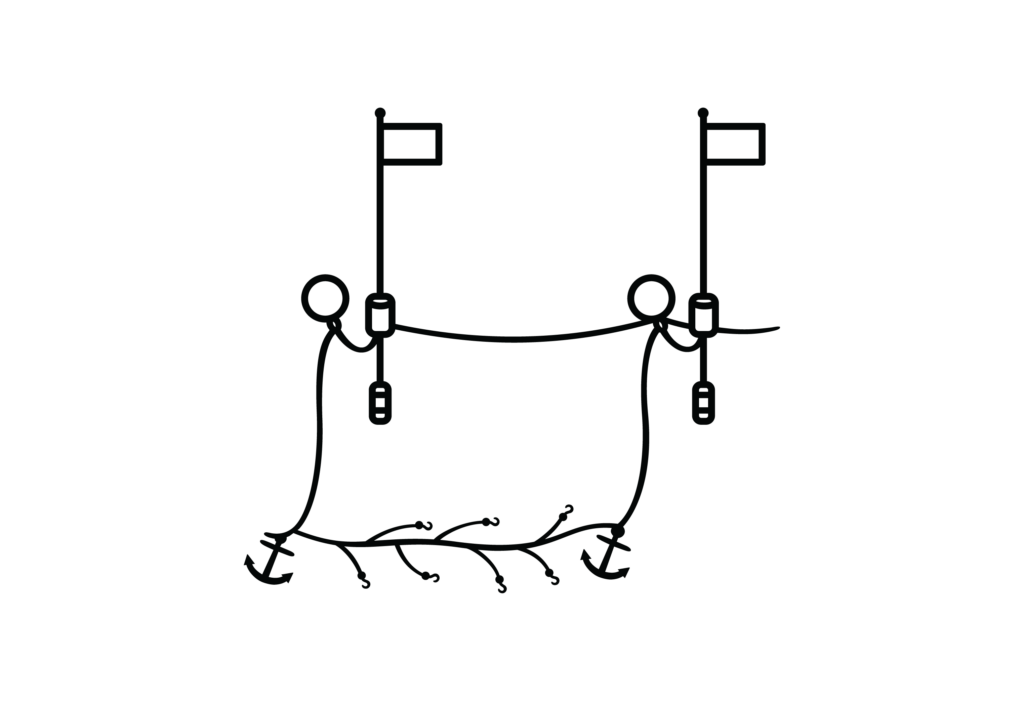

Longline fishing vessels are usually independently run by owner-operators. Some longliners are small boats, less than 50 feet in length, but most are somewhat larger. Longline gear is composed of groundline, buoy lines, and gangions, which are short pieces of line with hooks on the end. Longlines are set along the seabed, with baited hooks every few yards. Longline hooks are then retrieved one at a time.
Pots
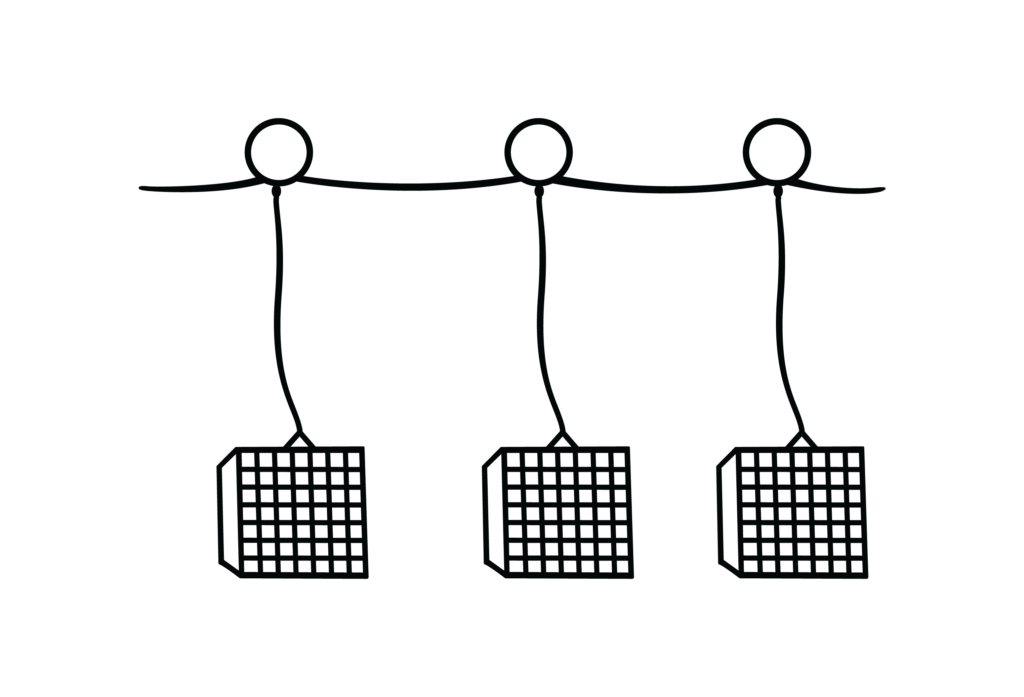
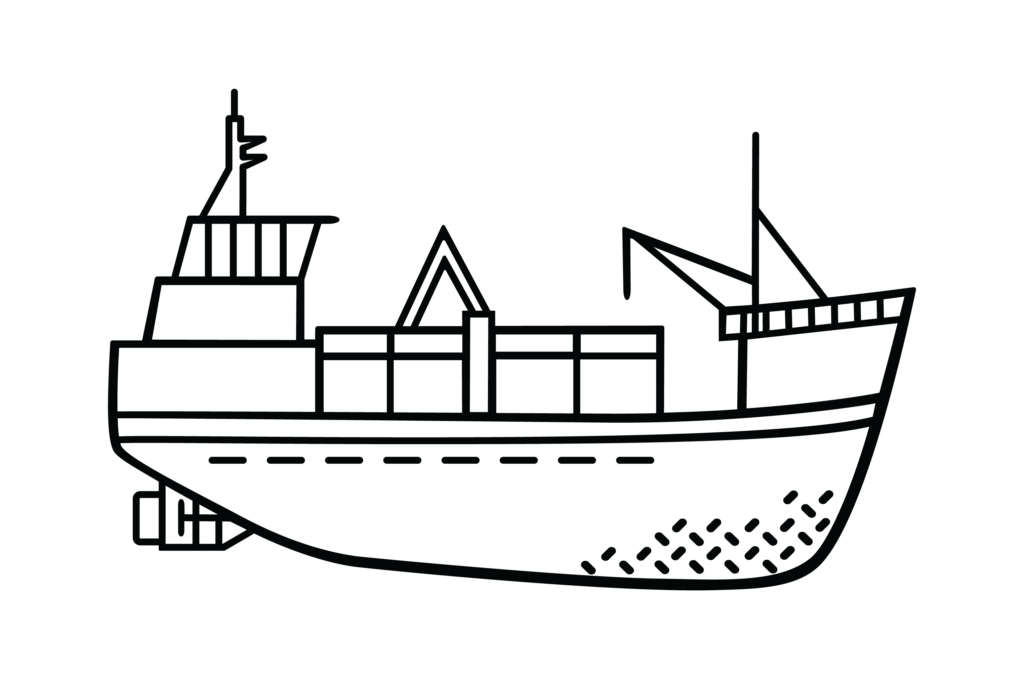
Pots used to target Alaska cod are large steel-framed cages covered in net mesh. The baited pots are placed on the seafloor where they trap the fish or crab. Fish or crab enter the traps through tunnels but cannot escape. Later the pots are retrieved and the seafood are sorted on deck. Non-target species are returned to the sea.
Jigging

Jig fishing is a hook-and-line fishing method that utilizes artificial lures and an electric machine to jerk (jig) the line up and down. Each machine may have up to five lines and each line may have up to 30 hooks attached. Jig fishing vessels are comparable in size to smaller pot and longline vessels. Fish caught are selectively sorted and non-targeted fish are returned live to the ocean.
Alaska cod is also harvested by some vessels using pelagic and non-pelagic trawl fishing gear.
Federal management of Alaska cod fisheries is conducted jointly by the North Pacific Fishery Management Council (NPFMC) and the National Marine Fisheries Service (NMFS). In accordance with the requirements of the U.S. Manguson-Stevens Fisheries Management Act (MSA), the NPFMC establishes science-based annual catch limits for federal Alaska cod fisheries, and NMFS develops and enforces federal regulations. The harvesting of cod in Alaska state waters is managed by the Alaska Department of Fish and Game (ADFG).
Vessels harvesting cod that is certified by CSI under the U.S. Alaska cod certificate operate exclusively within federal waters of the United States Exclusive Economic Zone (EEZ) and the state waters of Alaska, as well as home-porting in the U.S. state of Washington. U.S. federal and state laws regulate the treatment of workers on vessels that harvest certified Alaska cod.
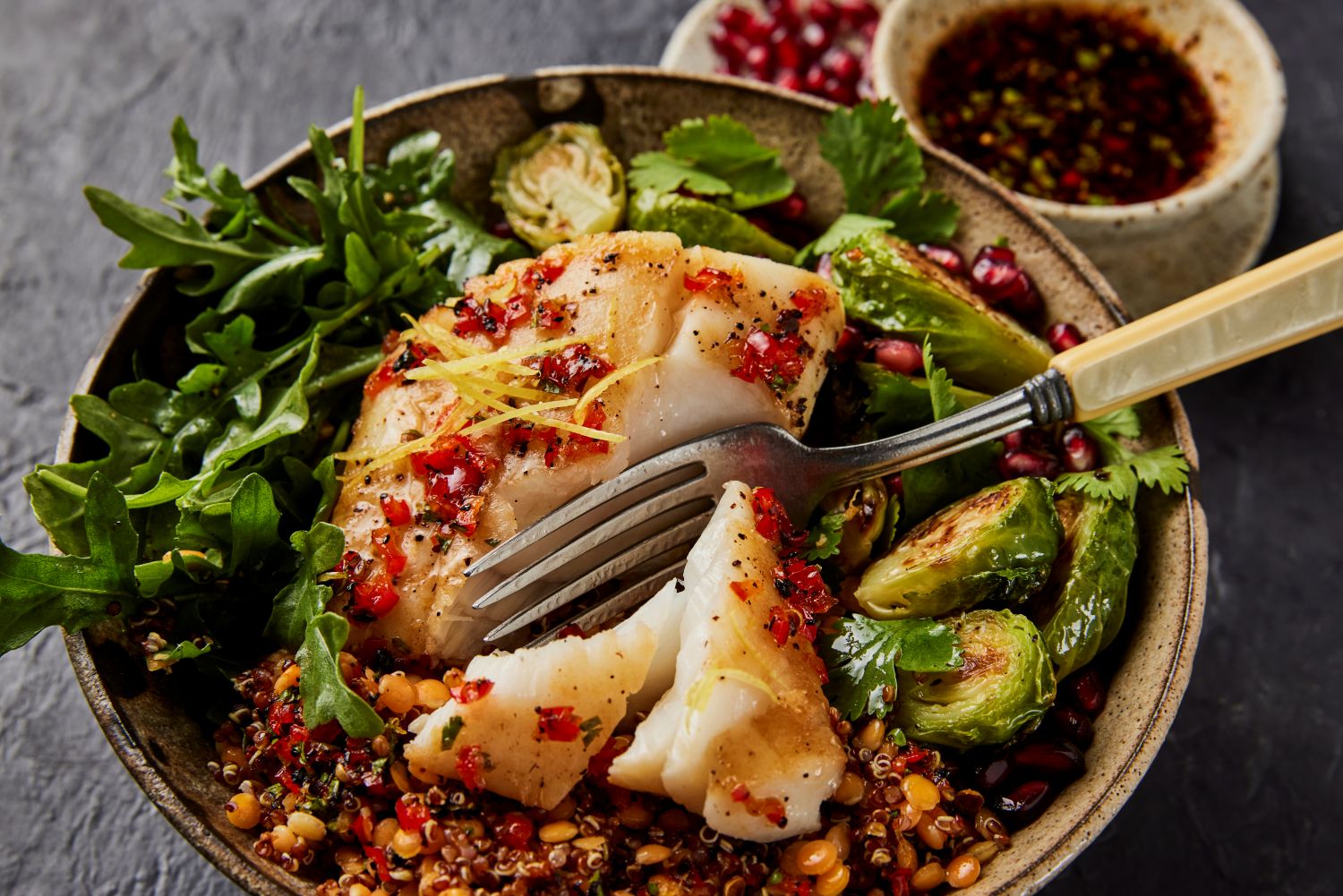
Alaska cod has moist, firm fillets, a distinctive large flake and a slightly sweet flavor. This firm and flaky whitefish is versatile enough to be applicable in nearly any recipe including roasting, poaching, steaming, sautéing, and deep-frying.
Source: https://www.alaskaseafood.org/
Alaska cod is filled with high-quality, fat-free protein and has 44% of the daily value of selenium which acts as a powerful antioxidant.
Alaska Cod
Serving Size: 3oz (85g) cooked
Source: https://www.alaskaseafood.org/health-nutrition/nutrition-information/#wild-alaska-whitefish
